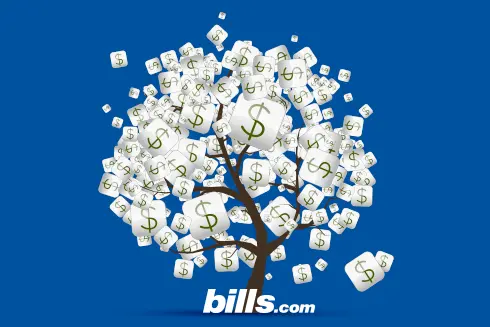
Get rid of your debt faster with debt relief
Choose your debt amount
Or speak to a debt consultant 844-731-0836
- Banks offer hardship programs to people experiencing financial distress.
- Terms for hardship programs vary and are not published.
- Be persistent with your card issuer to learn about its hardship program.
- Start your FREE debt assessment
What can you tell me about Citibank's hardship program for its credit cards?
I have recently entered into the BLP program with Chase because my credit card debt has reached the point to where I can no longer make the payments. I tried to setup a program with Citibank and they told me they could not do any program to help reduce the interest rate or balance. They told me I had to miss some payments before they will talk to me. Is there a program such as the Chase BLP program with Citibank?
Credit card companies offer hardship programs to people experiencing financial distress. The Chase program is called Balanced Liquidation Program (BLP).
Credit card hardship programs
Which debt resolution option is the best for you depends on several considerations, including your income, your balances, your interest rates, and your creditors. The first solution would be to call your credit card issuer and ask to be placed on their hardship program and state that you want to keep making payments but you would like the account to be re-aged and the interest rate reduced so that you can get back on track.
Banks do not publish the terms and conditions of their hardship programs. Indeed, some banks will not even acknowledge publicly that they offer hardship programs. Therefore, the only way to learn if your bank offers a hardship program is to call the customer service department and ask. Some banks' hardship programs will close the account. Others will allow you to continue to use the account. Be sure to ask about this detail. Because banks do not publish the terms and conditions of their hardship programs, these programs may change at any time, and may vary by the customer and their circumstances.
Citibank
Citibank, according to many readers, is notorious for being difficult to work with. It appears you may have to call numerous times and be insistent that you want information about Citi's hardship program. According to Bills.com readers who have corresponded with me, Citibank offers a hardship program, but I was unable to locate information about it or its terms on the Citibank Web site. Citibank customer service representatives (CSRs) have a reputation for being reluctant to discuss hardship programs. Some may insist Citi offers no such program. Be persistent. Explain you are considering debt settlement or bankruptcy. If you have been told that you need to be delinquent, you need to weigh that against the credit score hit you may receive.
Recommendation
There are many options available to you. Bills.com has many resources on debt from debt consolidation to bankruptcy. Review the resources available. Then call Citibank armed with information and persistence. Understand the first CSR you speak to may not have the authority to offer a hardship program. Ask for a supervisor. Write down all your conversations with CSRs and ensure you get the person's name. If you do arrange for a hardship program, make sure that Citibank sends the terms in writing.
Additional resources
I have answered other reader questions regarding Citi credit card accounts. See Renegotiate Citi Credit Card Settlement Agreement to understand your options if you have a settlement agreement with Citi you can no longer afford; Negotiate Citibank Debt to learn what to expect when negotiating debt with Citibank; Citibank Settlement for ideas on how to negotiate with a collection agency that owns a Citibank collection account; and Settlement on a Citibank Credit Card to learn how Citibank's internal debt settlement goals vary from time to time.
If you are unsuccessful, or the terms are too onerous, consider other options.
I hope this information helps you Find. Learn & Save.
Best,
Bill

Get rid of your debt faster with debt relief
Take the first step towards a debt-free life with personalized debt reduction strategies.
Choose your debt amount
Or speak to a debt consultant 844-731-0836
10 Comments
I hope this helps everyone! :) Good luck!